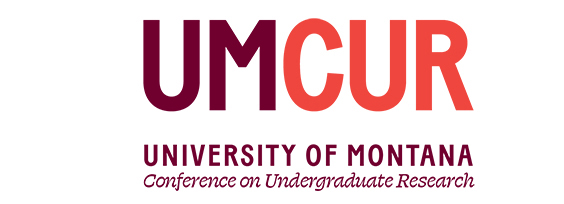The Role of Justice and Fairness in Student Government
Project Type
Poster
Faculty Mentor’s Full Name
Ramona Grey
Faculty Mentor’s Department
Political Science
Abstract / Artist's Statement
University student governments have been around since the late nineteenth century and have played a myriad of key roles in shaping the collegiate political landscapes in the United States. In each of the post World War eras the fear of communism was on the rise, it was up to students to take the lead and organize. Again, in the 1960’s during the Civil Rights Era university student governance was seen as a key organizing tool for student protest and social justice. This project aims to delve into the interplay between justice and fairness as vital themes associated with student government. I will evaluate historical and contemporary examples of how different organizational structures utilize various processes to administer fairness and just best practice. In accordance with my proximity as a student at the University of Montana, this project will reference the Associated Students of the University of Montana (ASUM) as a case study. This paper evaluates a few specific questions: how generally have principles of justice and fairness historically driven student engagement; how have specific just practices and processes been ingrained into contemporary student governance; how does ASUM currently adjudicate disputes and carry out their mission; and, finally, how could ASUM be better served by establishing a Judicial Branch in their constitution. ASUM plays a pivotal role in the implementation of justice through its funding practices, student services, advocacy efforts, and civic engagement. Some of the resources that will be analyzed are the Montana Kaimin (student newspaper) and ASUM Scholarworks archives, Harry McKown’s Student Council, Earl McGrath’s paper: Should Students Share the Power, and various other academic works. This analysis is important to the longevity of ASUM as many students view its processes as unfair or unjust. In all, this capstone project identifies pillars in my academic studies and demonstrates the critical thinking and problem solving skills I have developed in my time at the University of Montana. The main artifact components will be the following analysis and research, appendices of ASUM Constitutional language along with procedural info-graphics, and finally a poster presentation of this project at the University of Montana Undergraduate Conference of Research (UMCUR).
Category
Humanities
The Role of Justice and Fairness in Student Government
UC South Ballroom
University student governments have been around since the late nineteenth century and have played a myriad of key roles in shaping the collegiate political landscapes in the United States. In each of the post World War eras the fear of communism was on the rise, it was up to students to take the lead and organize. Again, in the 1960’s during the Civil Rights Era university student governance was seen as a key organizing tool for student protest and social justice. This project aims to delve into the interplay between justice and fairness as vital themes associated with student government. I will evaluate historical and contemporary examples of how different organizational structures utilize various processes to administer fairness and just best practice. In accordance with my proximity as a student at the University of Montana, this project will reference the Associated Students of the University of Montana (ASUM) as a case study. This paper evaluates a few specific questions: how generally have principles of justice and fairness historically driven student engagement; how have specific just practices and processes been ingrained into contemporary student governance; how does ASUM currently adjudicate disputes and carry out their mission; and, finally, how could ASUM be better served by establishing a Judicial Branch in their constitution. ASUM plays a pivotal role in the implementation of justice through its funding practices, student services, advocacy efforts, and civic engagement. Some of the resources that will be analyzed are the Montana Kaimin (student newspaper) and ASUM Scholarworks archives, Harry McKown’s Student Council, Earl McGrath’s paper: Should Students Share the Power, and various other academic works. This analysis is important to the longevity of ASUM as many students view its processes as unfair or unjust. In all, this capstone project identifies pillars in my academic studies and demonstrates the critical thinking and problem solving skills I have developed in my time at the University of Montana. The main artifact components will be the following analysis and research, appendices of ASUM Constitutional language along with procedural info-graphics, and finally a poster presentation of this project at the University of Montana Undergraduate Conference of Research (UMCUR).
